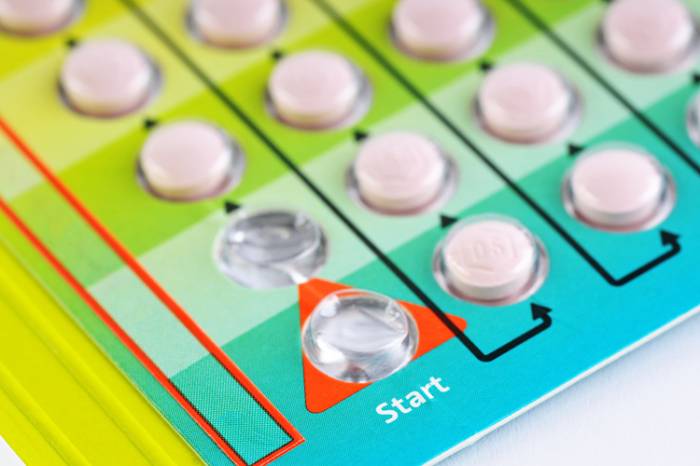
Behaviorally: Actions such as monitoring changes in your body to figure out when you ovulate (such as the Billing’s Method).Recent data shows the hormonal IUD works just as well as the copper IUD for emergency contraception. The ParaGard IUD can also be used for emergency contraception. Ella uses ulipristal, a form of progestin, and is only available by prescription.

It comes in many generic versions including Next Choice One Dose, My Way, Take Action, AfterPill, and Next Choice.

Plan B One-Step contains levonorgestrel and is available without a prescription. Emergency: Morning-after pill has two forms.Permanent: Traditional vasectomy, keyhole/non-scalpel vasectomy, tubal ligation (most common procedures include mini-laparotomy and laparoscopic sterilization).Prescription: The pill, NuvaRing, the patch, Depo-Provera, Nexplanon, IUDs ( ParaGard, Skyla, Mirena, Kyleena, Liletta), Phexxi (a non-hormonal gel), a cervical cap, and the diaphragm.Over-the-Counter: External condoms (available in latex, polyurethane plastic, polyisoprene non-latex natural rubber, and lambskin), internal condoms, spermicide, the sponge, and the minipill (Opill).Natural: Abstinence, outercourse, withdrawal, natural family planning ( Billings method, symptothermal method, and standard days method), and continuous breastfeeding (lactational amenorrhea method).Forms are available both OTC and by prescription. It includes methods specifically intended to be taken up to 120 hours after unprotected sex or birth control failure to prevent you from getting pregnant. Emergency: This is a special category.They are typically performed via surgery. Permanent: Also known as sterilization, these methods permanently prevent you from being able to become pregnant.These methods include hormonal contraception (birth control that contains progestin and/or estrogen), non-hormonal contraception including IUDs, and barrier methods (diaphragms and cervical caps).



 0 kommentar(er)
0 kommentar(er)
